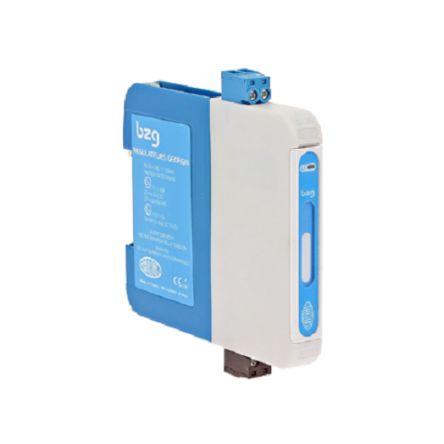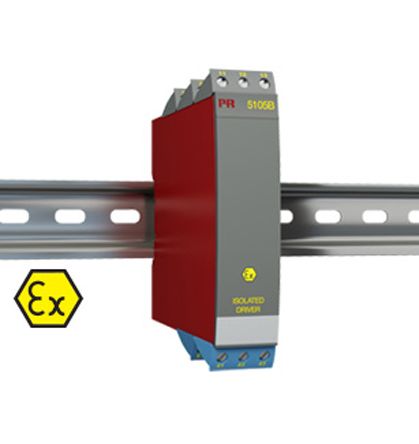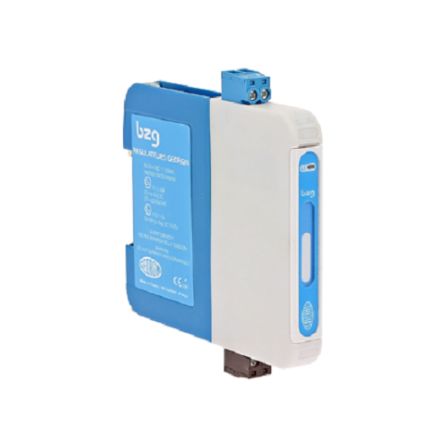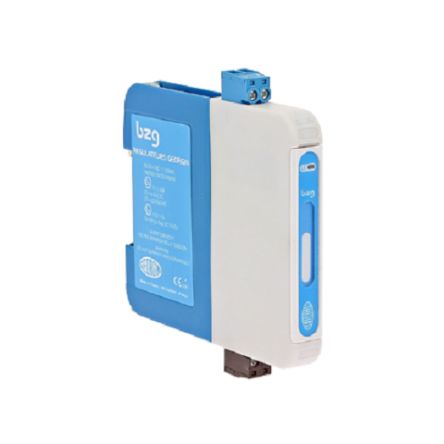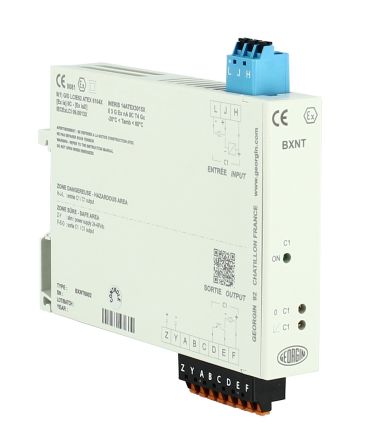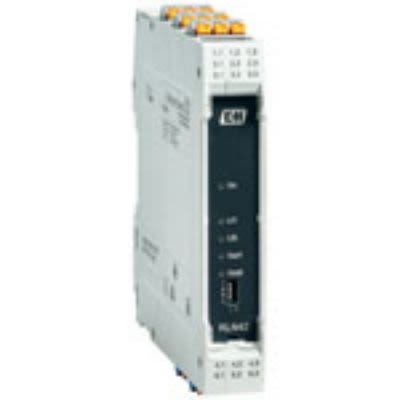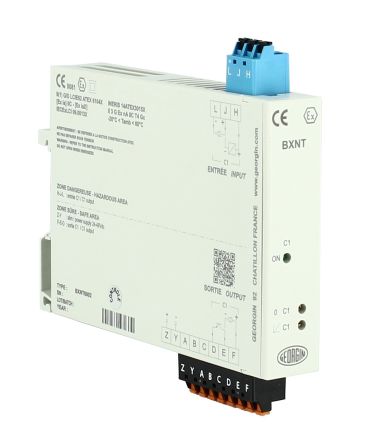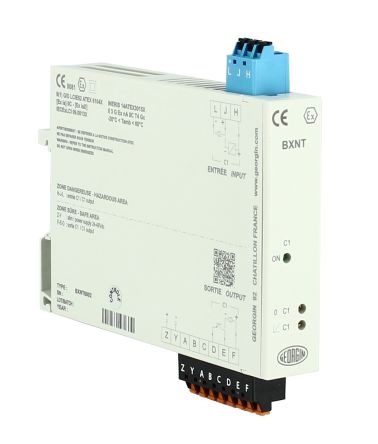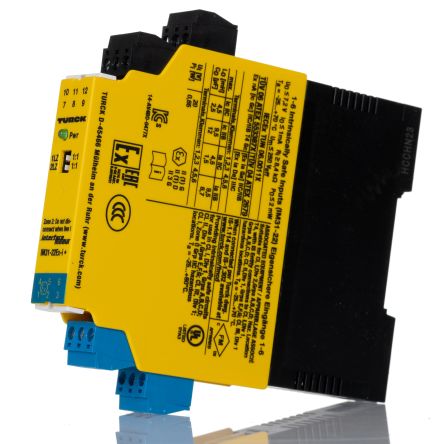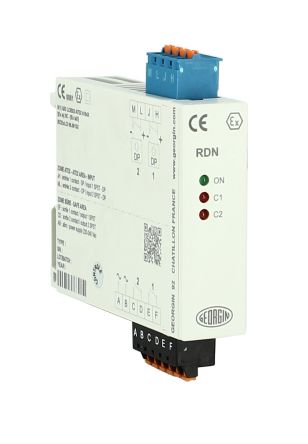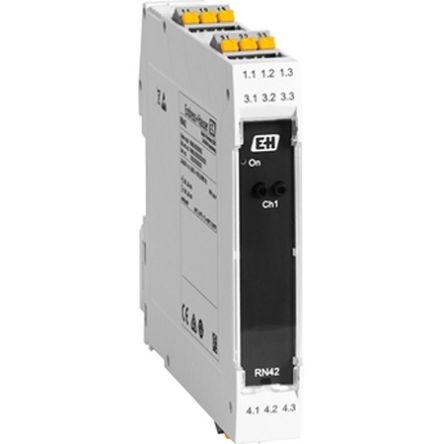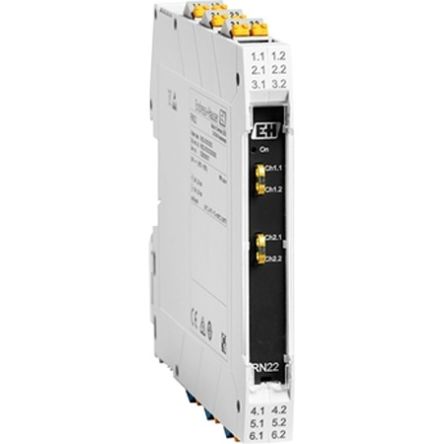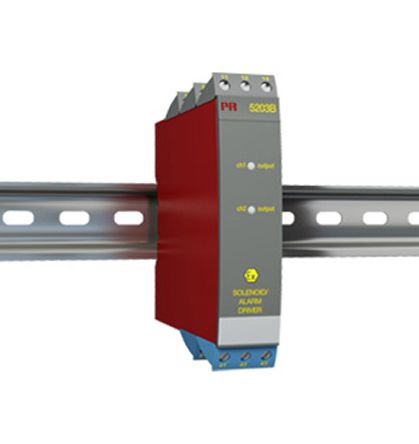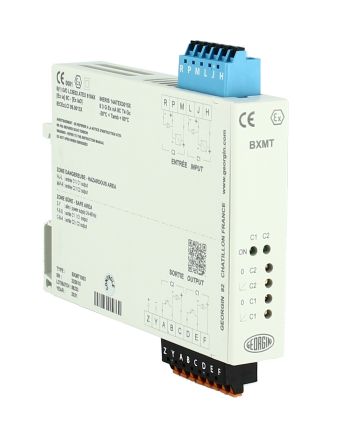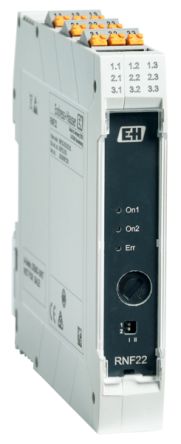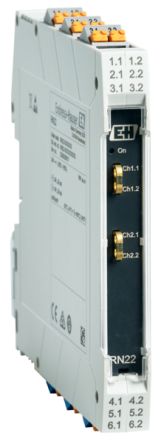- Automation & Control Gear
- Cables & Wires
- Enclosures & Server Racks
- Fuses & Circuit Breakers
- HVAC, Fans & Thermal Management
- Lighting
- Relays & Signal Conditioning
- Switches
- Batteries & Chargers
- Connectors
- Displays & Optoelectronics
- ESD Control, Cleanroom & PCB Prototyping
- Passive Components
- Power Supplies & Transformers
- Raspberry Pi, Arduino, ROCK, STEM Education & Development Tools
- Semiconductors
Zener & Galvanic Barriers
Zener and galvanic barriers are two types of electrical protection devices specifically designed for use in hazardous or explosive environments. Their primary function is to prevent the ignition of flammable gases, vapours, or dust, thereby ensuring safety in potentially volatile areas. Consequently, these signal barriers are widely employed across various industrial settings, such as oil refineries, chemical plants, and mining operations, where the risk of explosion is significant.
What Are Zener Barriers?
A Zener barrier is an intrinsically safe barrier designed to restrict electrical energy and prevent the transmission of excessive voltage or current from a safe, non-hazardous zone into a potentially hazardous one.
This safety barrier operates using a Zener diode, a specialised diode that allows the flow of electricity in reverse when the voltage across it surpasses a defined threshold, known as the Zener voltage. By harnessing this Zener effect, these barriers effectively regulate the energy entering the hazardous area, ensuring it remains below the ignition threshold.
Zener barriers are frequently employed to protect intrinsically safe circuits and equipment, such as sensors, transmitters, and switches.
What Are Galvanic Barriers?
A galvanic barrier, also known as a galvanic isolation barrier or simply an isolator, is an alternative protection method for hazardous environments. These intrinsically safe isolators provide electrical isolation between the hazardous and non-hazardous zones, preventing the flow of direct current (DC) or low-frequency alternating current (AC) while allowing the transmission of essential signals or data.
Galvanic barriers typically employ transformers or optocouplers to achieve the necessary isolation. Consequently, these signal barriers are widely used to safeguard instruments, control systems, and communication interfaces against potentially hazardous electrical faults, surges, or short circuits.
Comparing Zener Barriers and Galvanic Isolators
Both Zener barriers and galvanic isolators play a crucial role in ensuring safety within hazardous environments by preventing the transfer of excessive energy. However, they achieve this through different mechanisms, leading to distinct advantages and limitations.
Advantages of Zener Barriers
- Zener barriers typically offer a more cost-effective solution for intrinsic safety applications compared to galvanic isolators.
- They are generally simpler in design, which can contribute to easier installation and understanding of the protection principles.
Limitations of Zener Barriers
- A dedicated, low-resistance grounding system is essential for Zener barriers to function safely and effectively in diverting fault currents.
- Voltage drop across the Zener safety barrier can limit the voltage available to field devices in the hazardous area.
Advantages of Galvanic Isolators
- Galvanic isolators do not require a dedicated grounding system, offering greater flexibility in installation and reducing potential ground loop issues.
- They provide electrical isolation, which can help to eliminate ground faults and improve signal integrity between safe and hazardous areas.
Limitations of Galvanic Isolators
- Galvanic isolation barrier solutions generally have a higher initial cost compared to Zener barrier installations.
- The introduction of transformers or optocouplers can sometimes introduce a slight delay or distortion to the transmitted signal.
Industry Applications for Zener Barriers and Galvanic Barriers
Zener and galvanic barriers are commonly used in various applications where electrical circuits and equipment need to be protected in hazardous environments. Some of the applications where these barriers are utilised include:
- Process control systems: Zener and galvanic barriers are widely used in process control systems found in industries like oil and gas, chemical manufacturing, and pharmaceuticals. They provide protection for sensors, transmitters, and other control devices located in hazardous areas, ensuring safe and reliable operation.
- Industrial automation: In these applications, Zener and galvanic barriers protect programmable logic controllers (PLCs), distributed control systems (DCS), and other automation equipment. These barriers safeguard the communication interfaces and control signals between hazardous and non-hazardous areas.
- Instrumentation and measurement: Devices like pressure transmitters, temperature sensors, level indicators, and flow meters rely on Zener and galvanic barriers for protection in hazardous environments. The barriers ensure accurate data acquisition and control without posing a risk of ignition.
- Power distribution: Zener and galvanic barriers are used to isolate and protect electrical circuits that supply power to equipment located in potentially explosive atmospheres, preventing the transfer of excessive voltage or current.
- Communication and networking: In hazardous environments, Zener and galvanic barriers are used to safeguard communication and networking equipment, such as fieldbus systems, ethernet switches, and wireless devices. They protect against electrical faults and potential ignition sources that could occur during data transmission.
Your Zener and Galvanic Barriers Supplier and Manufacturer
If you’re looking for a dependable source of intrinsic safety barriers and isolators, including Zener barriers and galvanic barriers, turn to RS Australia. As a widely recognised supplier, distributor, and manufacturer, we work with trusted brands like Endress+Hauser, GEORGIN, Phoenix Contact, and Eaton to bring you high-quality products at competitive price points.
Beyond our range of signal barriers, you can find a comprehensive selection of other electrical tools and devices, such as reed switches and thermistors, simplifying your procurement process.
Explore our user-friendly website today and take advantage of our efficient and adaptable delivery options, tailored to your project timelines. Find out more about our delivery options on our delivery information page.
Related links
- Eaton 1 Channel Zener Barrier Digital Output, ATEX
- Pepperl + Fuchs 2 Channel Zener Barrier, ATEX
- Eaton 1 Channel Zener Barrier Analogue Output, ATEX
- Pepperl + Fuchs 1 Channel Zener Barrier, ATEX
- Endress+Hauser 2 Channel Zener Barrier ATEX
- Eaton 2 Channel Zener Barrier ATEX
- Eaton 1 Channel Zener Barrier Current Input, ATEX
- Eaton 1 Channel Zener Barrier Digital Input, ATEX
